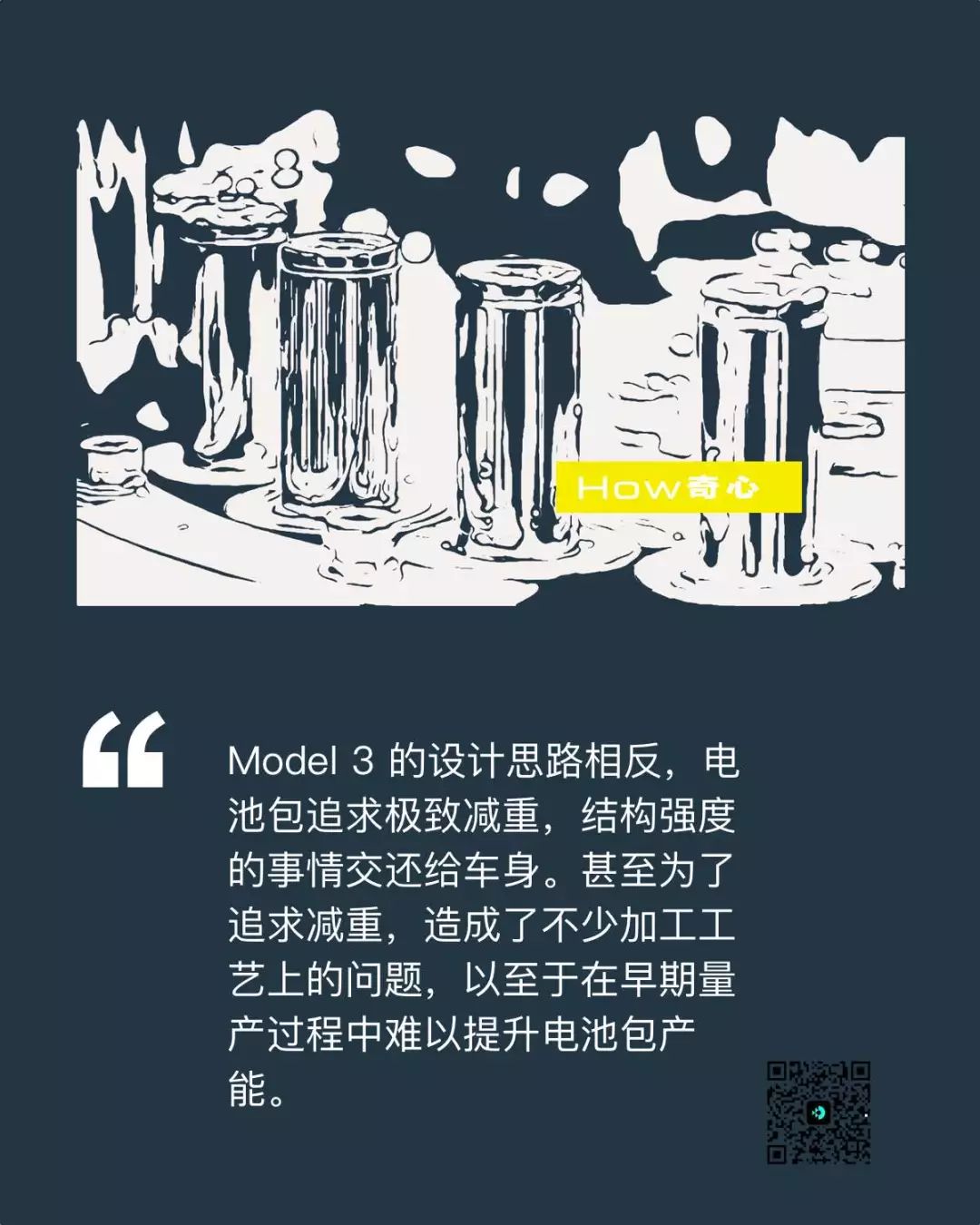How Far Can Model 3 Go?
Some owners have gone on a nearly 450-kilometer journey entirely on highways without stopping to charge, and arrived home with 6% battery remaining. Another owner living in the Bay Area has driven 16,000 kilometers with an average consumption of 14.8 kWh per 100 kilometers, calculating with the labeled battery capacity of 75 kWh for the long-range version of Model 3, it can go nearly 507 kilometers. If calculated with the official available battery capacity of 78 kWh, it can go 527 kilometers.
Note: According to EPA data, the total battery capacity of Model 3 is 80.5 kWh, and the officially disclosed available battery capacity is 78 kWh. The average consumption per 100 kilometers is reported as 16.2/16.7 kWh twice.
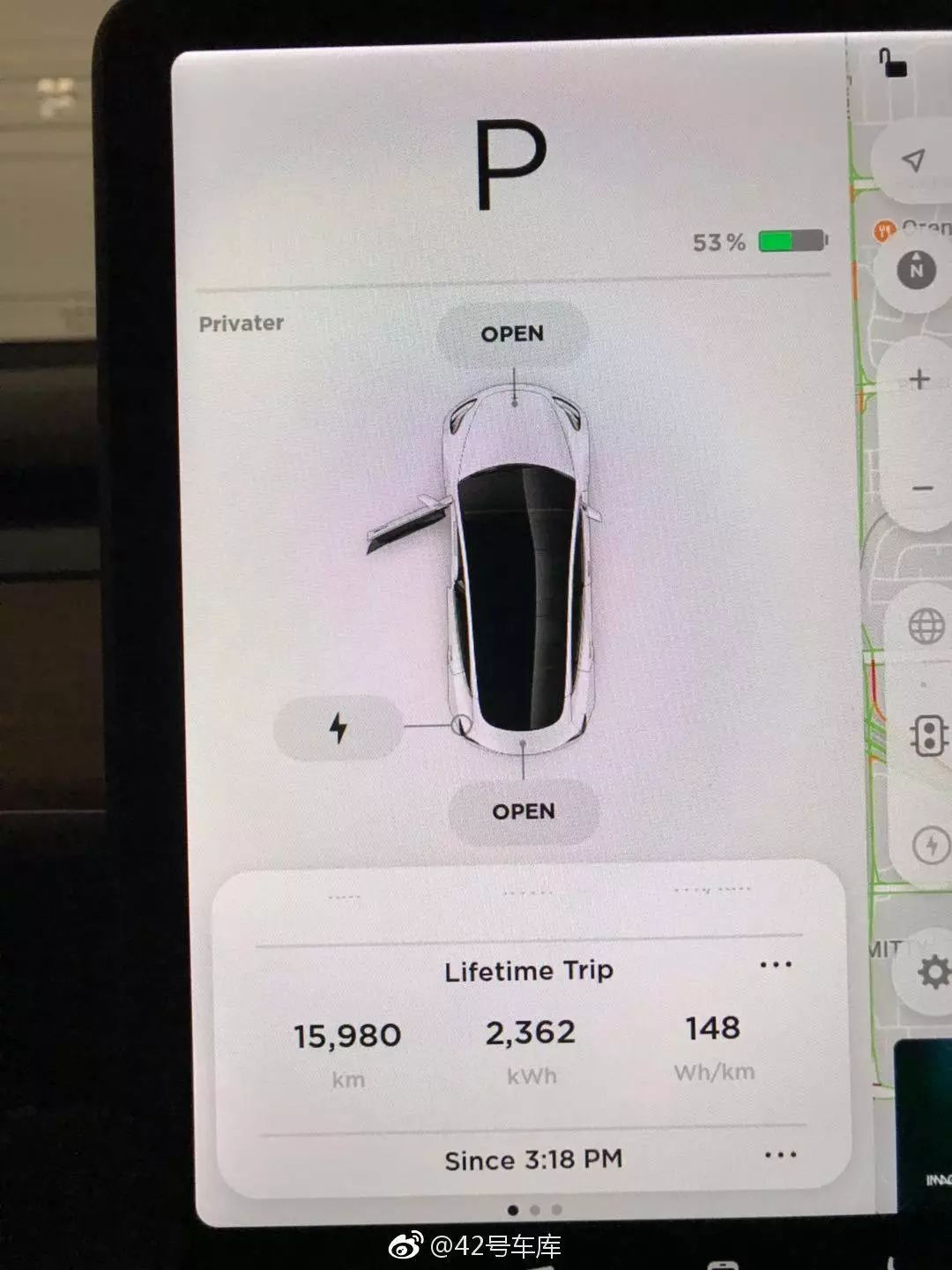
These endurance performances are all based on the actual use of owners, not the testing scenarios of standard conditions such as EPA and NEDC.
This means that Model 3 is currently the electric vehicle with the longest actual driving range in the market, which may run even further than Tesla’s flagship Model S P100D in actual conditions.
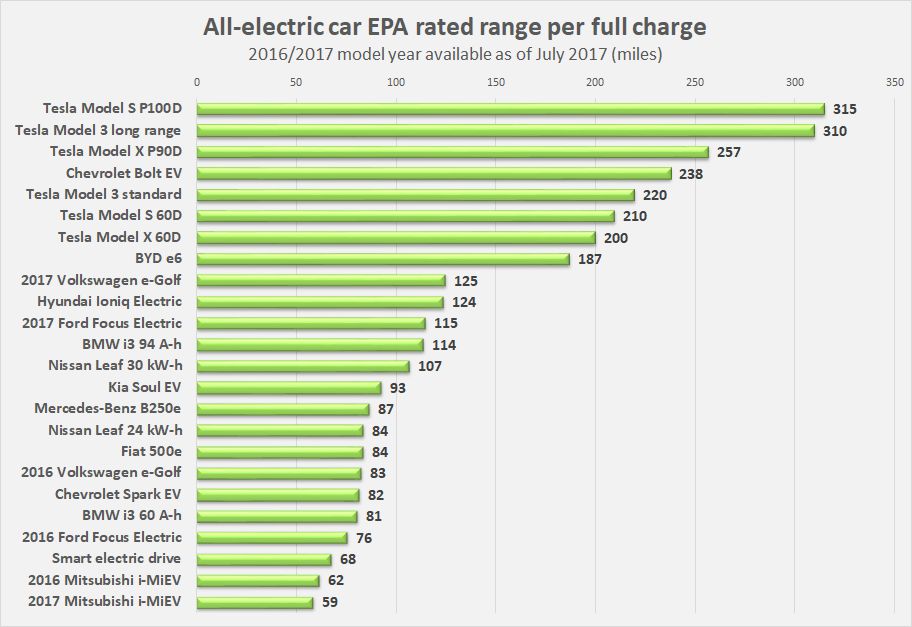
Model 3’s excellent endurance is mainly due to the fact that Tesla did not refuse to apply the latest technologies because Model 3 is cheaper than the flagship models. On the contrary, Model 3’s electric motor, electric control, battery pack (commonly known as the three-electric system), vehicle electronic architecture, and wind resistance design all embody Tesla’s accumulation in the electric vehicle industry for more than ten years. (It seems like the praise is a bit too much)
In other words, if we do not consider the factor of the vehicle size, Model 3 is better than the current Model S/X in all aspects, and it is also cheaper. If Model S/X owners dislike this, please go to Elon Musk or sell your cars and switch to Model 3.
Long-Range, Fast Charging, and LightweightEarlier we talked about how the three-electric system of Model 3 is the result of Tesla’s accumulated experience in the electric vehicle industry over more than a decade, and the battery cells and battery pack, as the energy core, are the brightest gems in Model 3’s three-electric system.
Firstly, the 2170 battery cell used by Model 3 is a revolutionary masterpiece. Most of the information introducing this battery will mention its size change relative to the 18650, from 18 mm diameter and 65 mm length to 21 mm diameter and 70 mm length. In fact, Tesla’s 2170 battery cell’s true highlight is breaking the law of “you can’t have both a high energy density and fast charging ability at the same time” for ternary lithium batteries.
This battery not only improves the energy density to 268 Wh/kg, but also enables fast charging at 2.2C, which has traditionally been a trade-off relationship with energy density for lithium batteries.
Thanks to the 2.2C fast charging ability, Model 3 can be charged to around 80% in about 20 minutes on the new 180 kW Supercharger. Based on the actual usage experience of car owners, 80% battery level can provide about 400 kilometers of actual driving range.
Compared with Porsche’s 350 kW fast charging system, Tesla’s next-generation 180 kW Supercharger and Model 3’s already achieved 2.2 C fast charging ability are clearly more practical. The experience of replenishing 400 kilometers of actual driving range in 20 minutes is also not far behind the threshold for gasoline vehicle use.
Therefore, Sandy Munro of Munro & Associates highly praised the 2170 battery cell used by Model 3.
The improvement of the 2170 battery cell is one aspect, which will be further discussed later. The more important second point is that the battery pack structure is another “earth-shattering” change that is related to the core reason for the previous battery production crisis of Model 3.
The design concept of Model X was a light vehicle body and a strong but heavy battery pack.
The design concept of Model 3, on the other hand, pursues extreme weight reduction for the battery pack and leaves the issue of structural strength to the vehicle body. To pursue weight reduction, it even caused some processing problems, making it difficult to increase the production capacity of the battery pack during the early production process.
However, for Musk, this seems to be a routine matter, first to achieve the product target, and then solve the technological problems, whether it is making cars or building rockets.# The Weight Reduction Result of Model 3 Battery Pack
In the case of using steel as the main body structure material, the weight of Model 3 is controlled at 1.7 tons with a maximum battery pack capacity of 80.5 kWh (BMS is actually controlled at 78 kWh discharge capacity), compared to the weight of the same level gasoline cars such as the BMW 3 Series and the Mercedes-Benz C-Class, which are around 1.5-1.6 tons. This is another weakness of electric vehicles that is very close to gasoline vehicles after the charging capacity is close to the threshold of gasoline vehicle use.
The weight of the Model 3 battery pack, that has an electricity degree of 80.5 kWh, is only 478 kg, of which the weight of the non-battery part is 169 kg. The total weight of the battery pack for the Model S 85D version with a total energy of 81.5 kWh is 545 kg. That is to say, the weight is reduced by about 67 kg while achieving a similar battery capacity.
How did they achieve this?
1. The Number of Battery Cells Has Been Reduced
The increase in battery energy density has provided Model 3 with a considerable battery energy density, and another benefit of applying larger-capacity 2170 batteries is the significant reduction in the number of batteries, from more than 7000 for Model S to 4416 for Model 3.
What is the effect of the reduced number of battery cells on weight reduction?
First of all, it reduces the length of the heat dissipation pipeline. Even considering that a single 2170 battery requires more heat dissipation contact area than the 18650, the length of the heat dissipation pipe required for 4416 cells is still much less than that for more than 7000 cells.
Secondly, the electrical structure integration is high, with the DC-DC, charger, and distribution components all integrated, and each module is also smaller and lighter than that of Model S/X. It is worth mentioning that the service panel of Model 3’s electrical equipment is isolated from the main body of the battery pack and can be opened independently when maintenance is required.
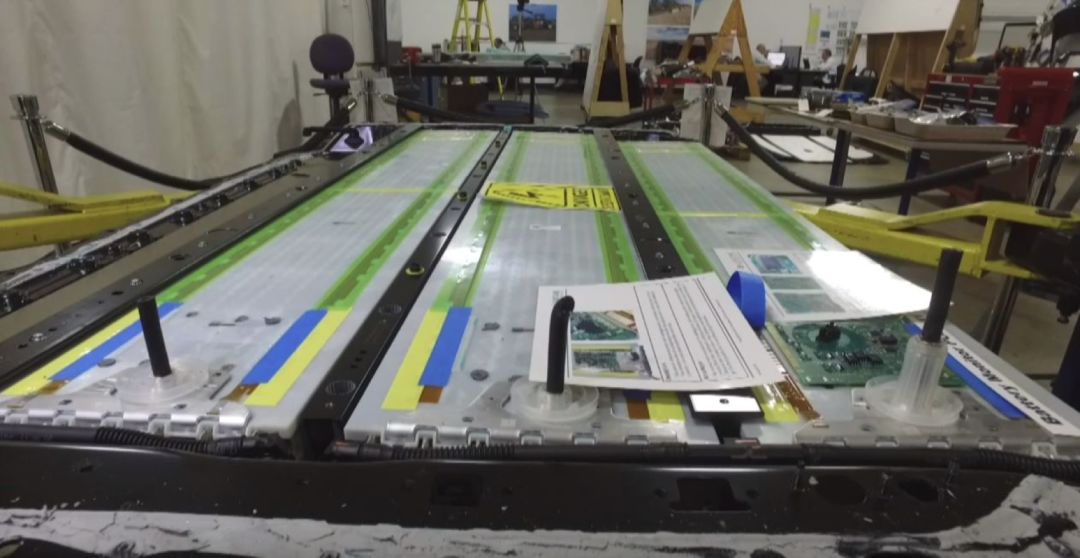
The biggest achievement comes from structural weight reduction. The battery pack of most Model S models is divided into 16 small modules (14 for S60), while the long-range version of Model 3 has only four modules. Fewer modules mean fewer internal partitions in the battery pack, less BMS for the battery group, less wiring, and less heat dissipation pipe connections.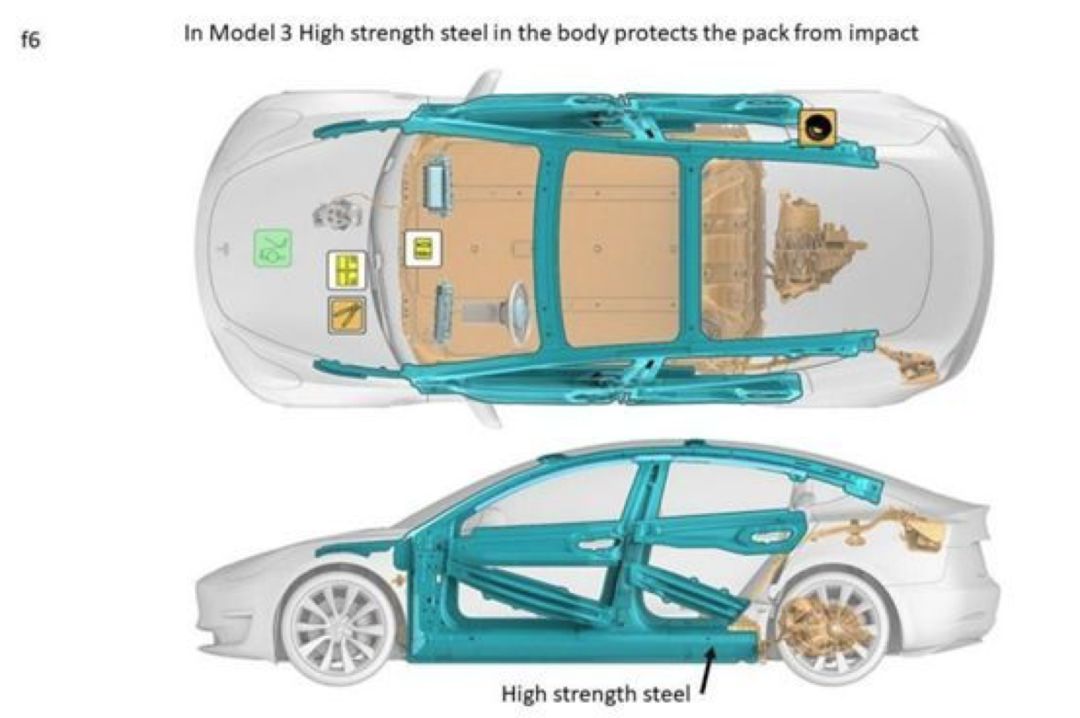
As mentioned earlier, the safety of Model 3’s battery pack is entrusted to the body of the car. The installation position of the battery pack basically covers the passenger compartment. Therefore, the high-strength steel structure originally used to protect members around the bottom of the body is also used to protect the battery, while the battery pack structural components are only used to bear the weight of the battery pack itself. The protective shell of the Model S battery pack weighs as much as 125 kilograms, and most of this weight has been removed from the Model 3’s battery pack.
In fact, reducing weight in electrical and structural parts has helped Model 3 reduce most of its weight that can be reduced. But what if we want more?
Second, focus on the details.
When I first learned about the positive and negative electrode connection structure of the Model 3 battery pack, I was shocked.
First, let’s take a look at the battery connection structure diagram of Tesla’s latest patent:
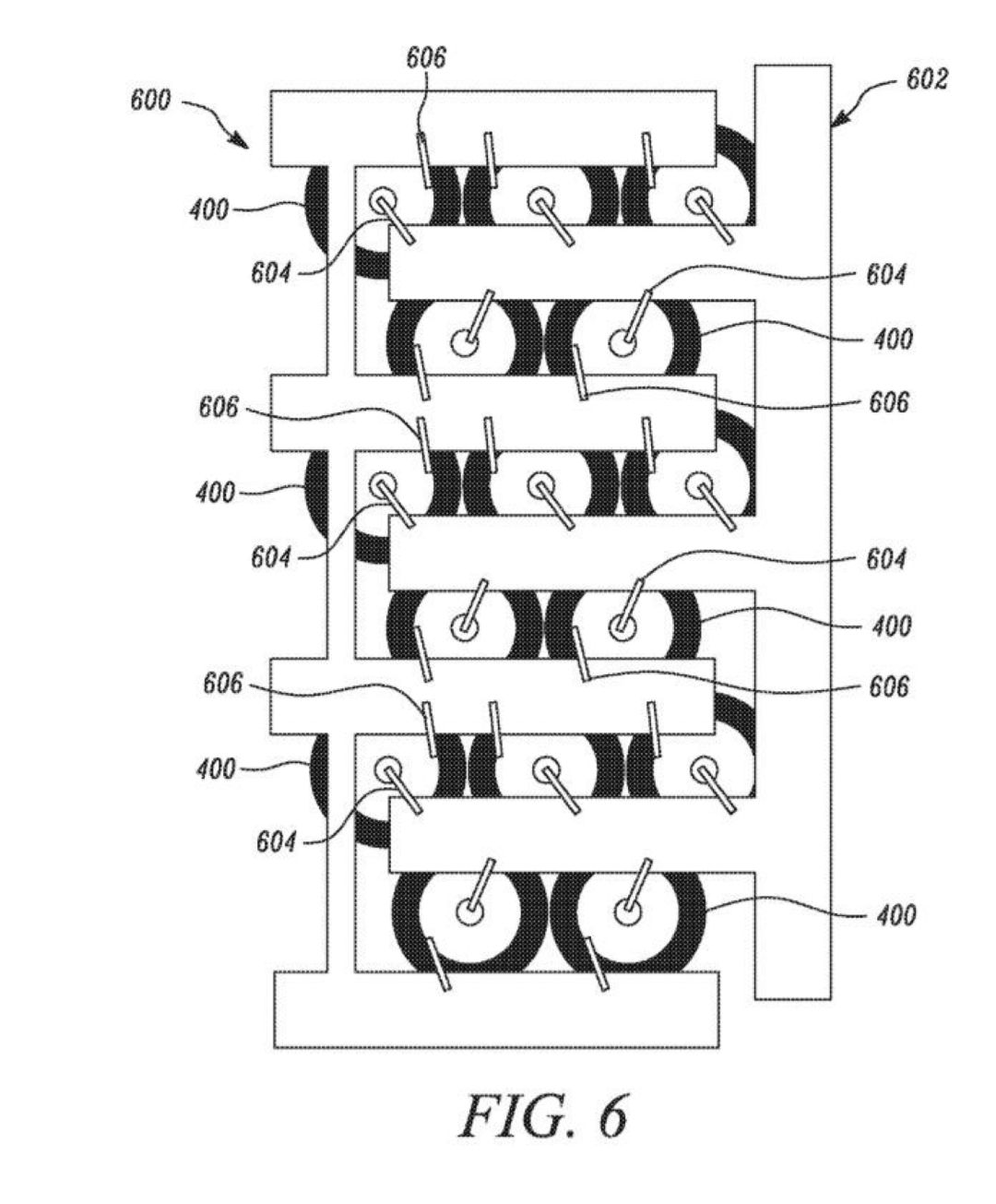
The cylinder shape in the figure is naturally the 2170 battery, the branch-shaped aluminum sheet on the left is the negative electrode part of the entire battery pack, and the branch-shaped aluminum sheet on the right is the positive electrode.
The aluminum wire that connects to the positive electrode of the battery is ultrasonically welded to the center of the positive electrode, while the aluminum wire that connects to the negative electrode goes a bit off center and connects to the negative electrode on the outer edge of the positive electrode on the same side of the 2170 battery. That part is the black part in the figure, and its width is only 1.5-2 mm, and it is also welded using ultrasonic welding process.
However, the success rate of ultrasonic welding of the negative electrode aluminum wire was not satisfactory in the early stage of Model 3 production, because the negative pole part on the positive side of the battery was too narrow for welding. This seriously restricted the production capacity of the battery pack.
There are two main solutions:
First, the polymer between the batteries is filled in place before welding to ensure the structural stability of each cell.
Second, a better and more powerful ultrasonic welding machine was purchased to improve the welding accuracy.
Solving the process problem of the negative electrode connection was time-consuming and laborious. But what are the benefits? Still, weight reduction.
Let’s take a look at three comparison images.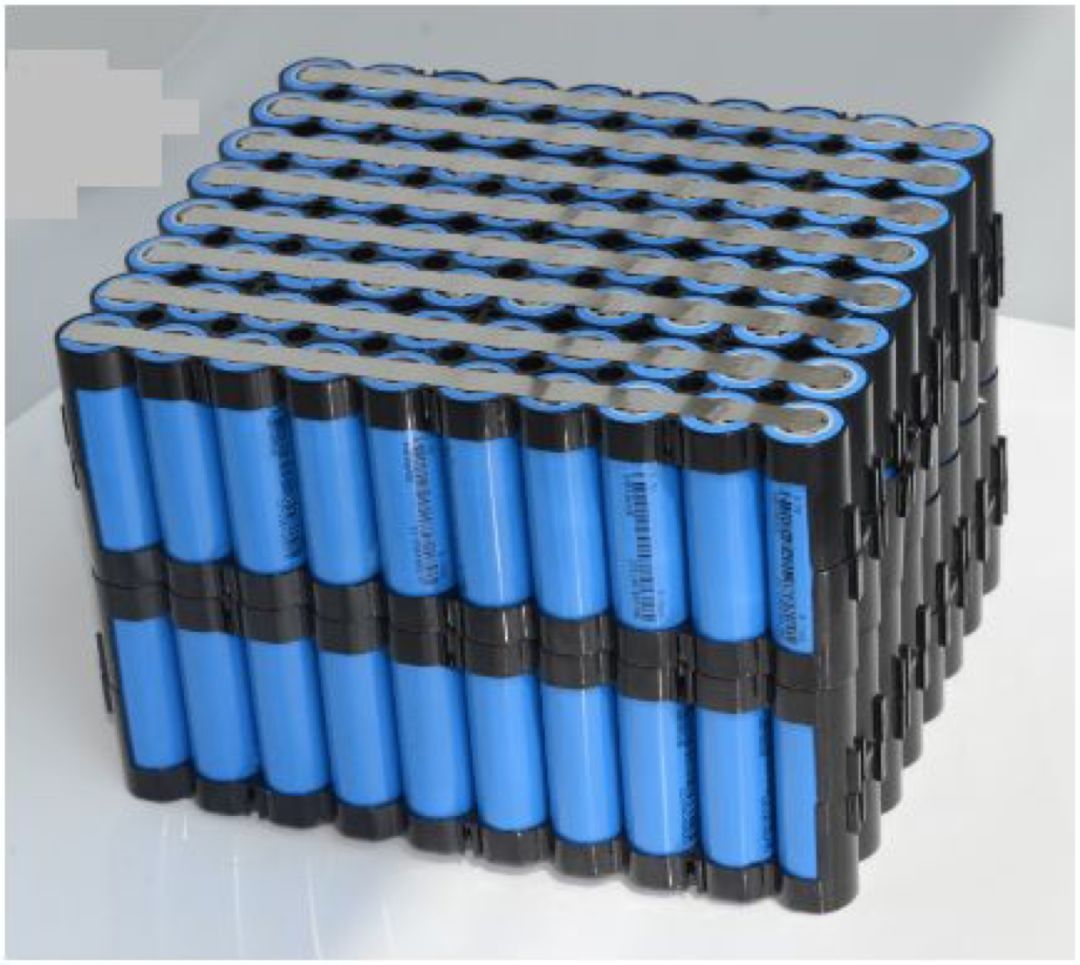
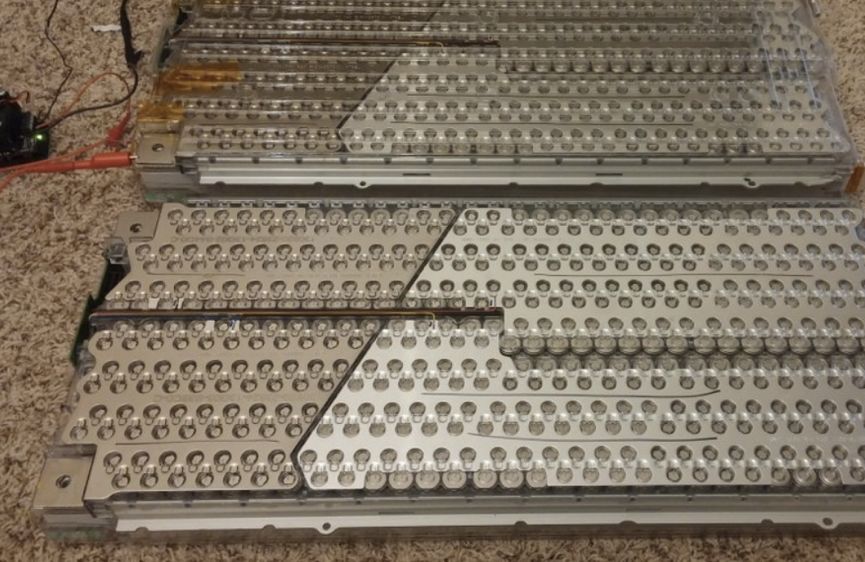

The battery connection method in the Model S battery module is a revolutionary change compared to traditional resistance welding. Resistance welding simply melts N (N is a multiple of 2) points on the aluminum sheet through a simple and rude current short-circuit method to the positive and negative poles of the battery, which provides neither aesthetic nor individual battery circuit protection.
On the other hand, the Model S battery cell is connected to a single aluminum sheet through aluminum wires on both sides of the battery, which can provide circuit protection in case of single-cell current overload and repair welding capability.
In the Model 3, it can be clearly seen that the positive and negative connection sheets have changed from a whole piece to a branch-like connection sheet on both sides of the battery pack instead of the positive and negative sides of the battery cell. That is, the original two-sided aluminum sheet becomes a single-sided one, which is also thinner and lighter. If the weight is calculated based on a single aluminum sheet, the weight reduction from this part can be several kilograms.
Another benefit of this design is heat dissipation, as the back of the battery can directly contact the insulating and heat-conducting bottom plate without the need for electrode connection. Additional bottom heat dissipation pipelines can even be installed to improve the heat management capacity of the battery module.
It is worth mentioning that even with the significant weight reduction of the battery pack, the safety of the Model 3 has not decreased. The Insurance Institute for Highway Safety (IIHS) gave the Model 3 the highest rating in front crash prevention testing. In a traffic accident more than a month ago, a Model 3 collided with other vehicles, then hit a concrete barrier and rolled over multiple times. Despite severe damage to the front of the car, the passenger compartment remained intact, and the battery did not catch on fire.As a professional translator in the automotive industry, I am responsible for English translation, spelling correction, and phrasing improvements. Here is the improved English version with the original HTML tags preserved:
Of course, Tesla’s safety guarantee for the Model 3 battery pack extends far beyond just the ultra-high-strength steel around the body chassis. In order to cope with the thermal runaway phenomenon that may occur when the battery is damaged under extreme impact, many “reserved pressure relief holes” are designed on the positive and negative pole covering materials of the Model 3 battery module, which use more fragile materials. When one or more cell structures are damaged and emit hot gas, the pressure relief holes can dissolve in time, discharging high-temperature gas to dissipate the heat of the out-of-control battery in a timely manner, to avoid impacting other batteries. This design is somewhat similar to the pressure relief doors on the ammunition chamber of a tank.
In conclusion, the Model 3 went all out to reduce the weight and lighten the battery pack even beyond Tesla’s mastery of the production process in the early days. Fortunately, subsequent improvements have buried the large pits left before.
Looking at the Model 3’s product evolution direction, it can be seen that in order to control the vehicle’s energy consumption and balance the body maintenance costs of an entry-level car, Tesla has transferred the indicator of extreme lightweight from the vehicle body to the battery pack, even at the cost of encountering difficulty in production capacity.
Because, after all, the range and energy consumption are the fundamentals for electric vehicles to enter the mainstream market.


- How was the battery pack of Tesla Model 3 made?* How should the range of an electric vehicle be tested?

This article is a translation by ChatGPT of a Chinese report from 42HOW. If you have any questions about it, please email bd@42how.com.
